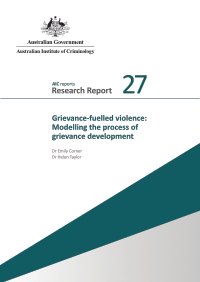KATULIS, BRIAN
From the document: "[1] The Biden administration set forth five main objectives in reaction to the Oct. 7 Hamas attack against Israel and ensuing war in the Gaza Strip: [a.] Support Israel's self-defense and objective of eliminating the threat posed by Hamas; [b.] Secure the safe return of hostages; [c.] Prevent a wider regional war; [d.] Protect civilians and respond to a growing humanitarian crisis in Gaza; and [e.] Create a post-war plan for reconstruction leading to a two-state solution and wider regional normalization efforts in coordination with regional and international partners. [2] Six months into the Israel-Hamas war, the Biden administration has not achieved enough progress toward these goals, although it has avoided some of the worst-case scenarios. Success is hampered in part by tensions stemming from the fact that some of the tactics and policy approaches are at odds with each other."
MIDDLE EAST INSTITUTE (WASHINGTON, D.C.). 1014. 9p.







